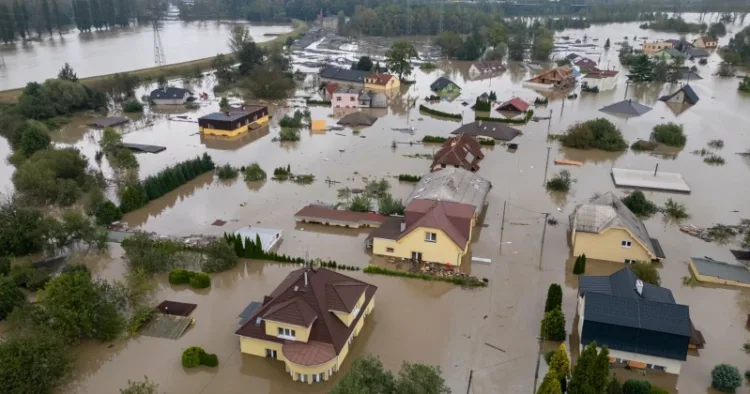Experts have warned about the impact of climate change on storms and floods, linking the recent heavy rainfall in Austria and other European countries to global warming. They noted that such extreme weather events are becoming more frequent and intense, cautioning that more severe consequences could follow.
Climate research consistently shows that heavy rainfall has significantly increased across many continental regions, particularly in Europe. The recent extreme weather conditions in Austria highlight the urgent need for climate adaptation measures, alongside stronger climate protection policies.
Austria has faced repeated thunderstorms, heavy rainfall, and floods, coinciding with record-breaking heatwaves during the summer. This past summer marked the hottest Austria has recorded in 258 years, with the capital, Vienna, experiencing 47 days of temperatures exceeding 30°C.
From 1991 to 2020, the average annual temperature in Austria rose by 1.4°C compared to the baseline period of 1961 to 1990. Recently, eastern Austria has been battered by strong winds and torrential downpours, leading to devastating floods.
In Lower Austria, floodwaters overflowed rivers and lakes, prompting the government to declare a state of emergency and mobilize military rescue operations. Thousands of residents were evacuated as heavy rain persisted for five consecutive days.
The flooding, affecting Upper Austria, Salzburg, and parts of Vienna, resulted in five fatalities. It swept away cars, destroyed infrastructure, and inundated large areas of farmland in Lower Austria, the largest state with a population of two million.
Water levels along the Danube River surpassed records set three decades ago, with some areas like Weinviertel and Mostviertel recording new peak flood levels.
Civil defence forces faced challenging conditions during evacuations, using boats in regions where power outages disrupted communications and transport. In cities like Waidhofen, flood levels exceeded the highest recorded in nearly 100 years, with certain areas experiencing rainfall around 350 litres per square meter.
Fortunately, Vienna was largely shielded from the worst effects of the disaster, thanks to the Danube Island flood protection project. Completed in 1987, the artificial island runs 21 kilometres along the river, providing a buffer to control floodwaters and safeguard the city.
Beyond human casualties, the floods have inflicted massive economic losses on agriculture and livestock, while wildlife populations have also suffered significantly.
(with inputs from ANI)



















Comments